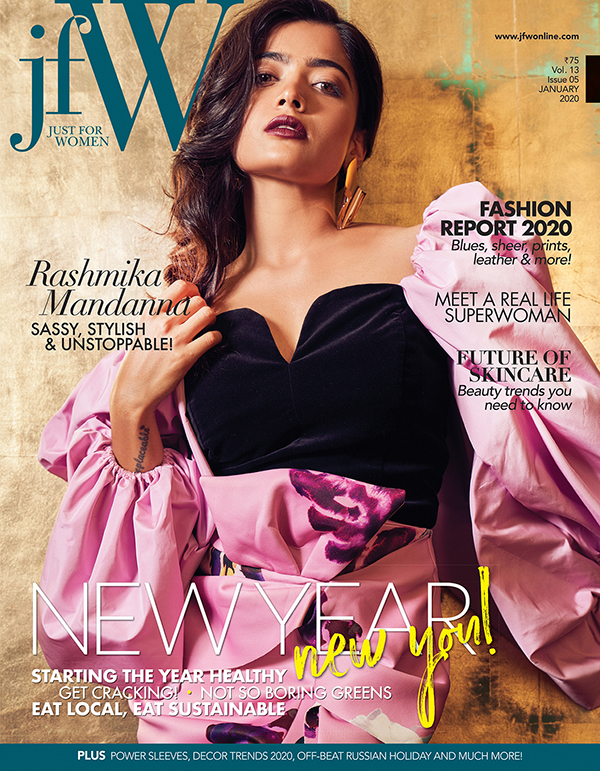Saving money is not just about hoarding it in the bank, it is about making sensible and profitable investment decisions. We look at a few ways in which women – irrespective of their job role – can ensure they can get maximum returns from their investments.
The workforce – whether in India or globally – is seeing an increasing number of women become part of it. However, one of the biggest issues that plagues working women – whether salaried, freelance, working part-time, as consultants – is how to invest their money. “It is said that women happen to be less aggressive than men when it comes to investing,” says Anil Rego, Founder and CEO, Right Horizons, a financial advisory firm. While some attribute it to lower earnings, others say biology and the maternal instinct play a role, making them more averse to taking risks. However, the numbers are encouraging: according to a report released by tax portal ClearTax earlier this year the average woman invests 12.7% more in savings than her male counterpart. A woman has a very unique life-cycle viz a viz men in terms of the various role they play. They don the hats of being a daughter, a wife, and a mother, sometimes all at once. According to Rego each of these roles and their transition periods calls for great financial planning and flexibility. Let us look at the five different ways women can make sensible investments and talk about the various options for that are salaried, freelancing, on maternity or sabbatical leave.
Bank deposits: According to Rego these are one of the most popular ways of saving money, but not necessarily great from a returns perspective given that inflation itself is growing around 5-6% annually. “While the salaried should only keep 2-3 months of income in banks, the requirement could be more for the ones who are freelancing, with no regular income,” says Rego. “While the salaried can use recurring bank deposits, freelancers will be hard-pressed to do so. Move money into bank deposits and aim to keep 6-12 months of monthly requirements.” Rego advises that those women who plan to take a break should keep money in bank deposits as a liquidity option for the entire period when they will likely have little or no income.
Mutual funds: If you want to earn better tax-adjusted returns than bank deposits, explore debt mutual fund schemes advises Rego. While they do not have any guarantee of return, there is an upside to be captured. If you fall in the higher income tax bracket then debt mutual funds are a better option. Liquid funds are exactly like bank FDs. There are also debt funds that invest solely in government bonds, and those that are a bit more risky,investing in high-yield corporate instruments. You can do these via systematic investment plans or as a lump sum investment. “Women planning to go on an extended leave can also build a nice corpus in five to seven years with balanced funds, which invest in both shares and debt,” says Rego. “Do not invest in pure equity funds if your time horizon is less than three years.”
Insurance: One of the best investment options for women who do not wish to invest in instruments that have a modicum of risk attached to them are the traditional insurance products. These are loaded with tax benefits and guarantee and are good for conservative women investors. While they do not score high on return, insurance products with typically 5-6% return score high on a post-tax basis. “Besides investment, women should get life insurance cover in case they have dependents,” advises Rego. “You can also invest regularly to get a child insurance plan for your children as and when they happen. These can help you build a corpus that may be required for higher education and marriage.” Freelancers are best advised to invest in single premium insurance products since that will enable them to front-load all the payments and remove the worry of having to make regular premium payments.
Retirement/pension: These are long-term products and it is imperative that all women should invest in them. Government schemes like Atal Pension Yojana cap the monthly pension amount at Rs 5,000. However, the National Pension System (NPS) allows you to build your own retirement corpus. By making monthly or annual contributions, salaried, freelancers and women on a career break can over the years help build a nest-egg. There are also additional tax benefits for NPS. “You can also use the Public Provident Fund (PPF) or Employees’ Provident Fund (EPF) routes to retirement money,” says Rego. “However, EPF is not for freelancers and those with no salary income. PPF guarantees you higher than bank deposit interest, tax-free maturity proceeds, and 15-year lock-in.”
Gold ETF, bonds: This precious metal has a huge emotional connect with Indians and especially women. The emotional connection notwithstanding, today’s modern women have to be practical about investments in gold. “While gold jewellery will always be a draw, the fact is selling gold jewellery has huge costs, which hit returns,” says Rego. “Women should use the gold exchange-traded fund or gold ETF route to have exposure to gold and enjoy appreciation. For conservative women investors, sovereign gold bonds floated by the Government of India are an ideal fit. These gold bonds give you a fixed interest per annum and also allow you to take exposure in gold.” Since gold bonds come in tranches, freelancers can save money and use it for investment when a gold bond is sold.
It is important that women take control of their investing and tax savings as early as they can to ensure lifelong returns. However, if you are late to the party, never fear. The key is to invest smartly in the right tools to ensure that you build up a corpus that will hold you in good stead for the future.















